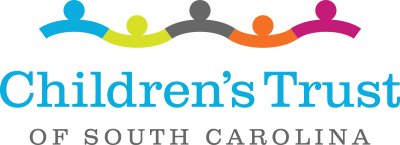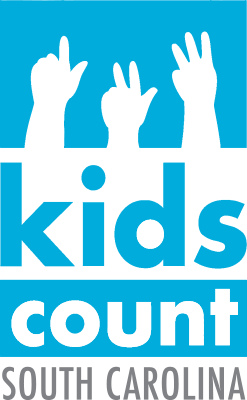(The Island Packet) – South Carolina is far from the top spot on the totem pole when it comes to the well-being of its children, but its ranking at 39th in the country is the best place it’s ever received.
This year’s report was the first time the state ranked in the 30s in KIDS COUNT, a data ranking released by the Annie E. Casey Foundation.
“This is positive news. We’re moving in the right direction,” said Sue Williams, chief executive officer of the Children’s Trust of South Carolina. “But if we’re going to move ahead, we need to do things more efficiently and create policies that will outpace our neighbors and other states.”
South Carolina’s ranking outpaced several of its southern neighbors, including Florida, 40, and Georgia, 42.
The combination of an improving economy and policies benefiting families and children have helped the state, but there is plenty of room for improvement, Williams said. According to the 2017 KIDS COUNT report, in 2015, 24 percent of children across the state were living in poverty, 55 percent of children ages 3 and 4 were not attending school and 67 percent of fourth graders scored below the reading proficiency level.
Programs like Child Find, which identifies and evaluates children who may need special education and related services, are keys to helping children succeed across the state, Williams said.“
The policies have already been put into play, so our hope is to continue in same trajectory,” She said. “ (The positive trajectory) is not just good for kids, but for all of South Carolina, because (these children) are our future workforce.”
In spite of the state’s improvement, plans to cut funding to Medicaid, which provides health coverage to low-income people and those with disabilities, is a concern, Williams said.
President Donald Trump’s proposed budget could cut nearly $800 billion from Medicaid during the next decade, according to McClatchy DC Bureau.
More than half of the South Carolina’s rural children are on Medicaid, according to a recent study from Georgetown University. The number of children in the state without health insurance fell from 9 percent to 4 percent between 2010 and 2015.
According to Williams, the Affordable Care Act has gone hand and hand with an increase in children who have health insurance and can be screened and seen for health issues earlier than they could previously.
“We’re concerned, but we’re waiting to see what happens because we don’t know (what will happen),” Williams said. “… Hopefully it doesn’t mean children will lose health insurance.”



